Let’s get this out of the way straight away – It’s hard to recommend the Leica MP in what might seem a rational way. It’s an emotive choice compared to it’s analogue M-system compatriots. The M6 can be purchased at half the price and is just as capable. The M7 offers a more “advanced” package allowing for AE, and the M3, the camera which inspired the MP is equipped with a higher magnification view finder, a larger rangefinder base length and has a comparative brass construction.
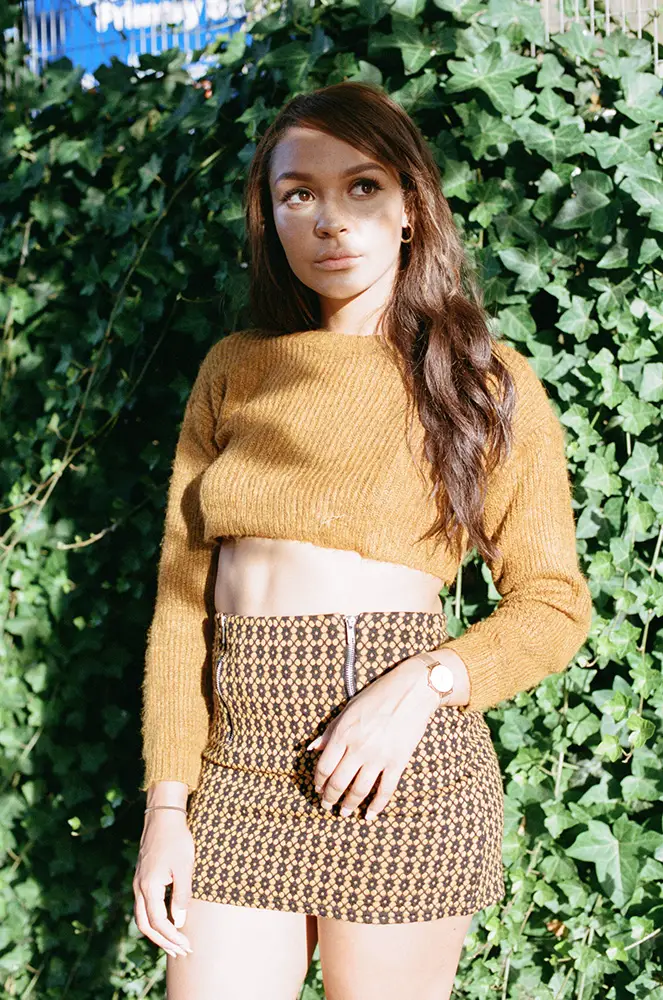
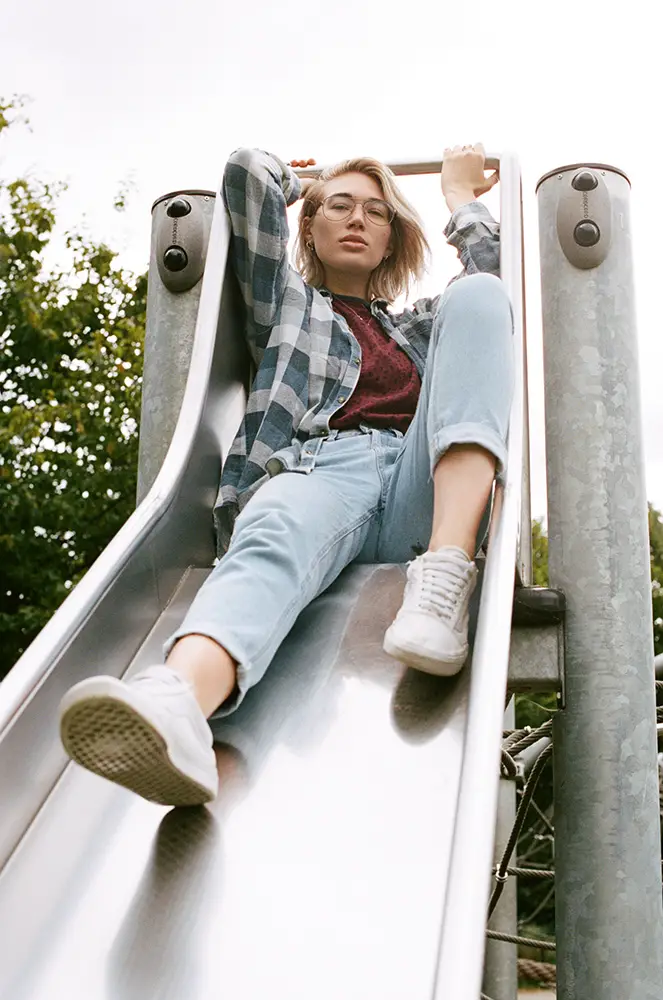
So how do I find myself with a camera like this; a camera that’s considered camera pornography, when others see it as an extravagant waste of cash? I had just sold my M7 on this very site – a service I couldn’t recommend high enough. My saving account were hoping to see some of the reward when I stumbled on a MP that was less than a year old at Aperture Photographic.
The previous owner purchased it and subsequently traded in for a digital M10 a few months later. At this point I should have run for hills, but my curiosity got the better of me. This camera is supposed to represent “Mechanical Perfection”, at least if you believe the marketing bumph – and who doesn’t want to hold “perfection” when the opportunity arises?
I fired a few dry frames in the store – which is something I don’t recommend if you value your savings! “Bollocks” I thought to myself – I was somewhat smitten as soon as I pushed that film advance. With the somewhat more rational (and often deluded) part of my brain stating that I could sell it at a later date at no financial detriment to myself, I purchased it on the spot with only the smallest amount of persuasion from the GAS devil hovering over my shoulder.
As a rule, each camera I own must be used and fill a specific or multiple roles. This normally consists of a point & shoot, a 35mm interchangeable lens camera, and a Polaroid. If I want a new camera something has to go – as per Thunderdome rules: “two cameras enter, one must leave” – generally each sale funding the majority of the next. Thus I don’t have a camera horde or shelf queens. The route of succession to the MP was an FM2n, G2, M6 TTL and then finally the M7; some of which I have written about on this site. I’m quite lucky that my part-time photography work generally funds these acquisitions, and my emulsion habit, keeping my passion fairly sustainable.
So what’s it like to live with as a tool for commercial portraiture and fashion shoots and as a daily companion? It’s not too shabby as you would like to hope…
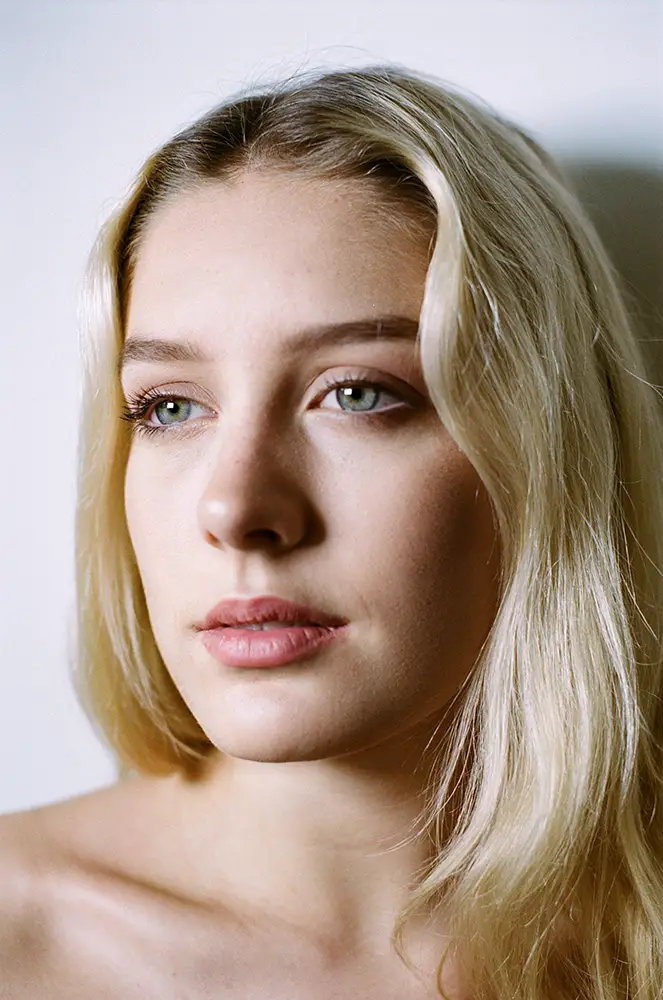
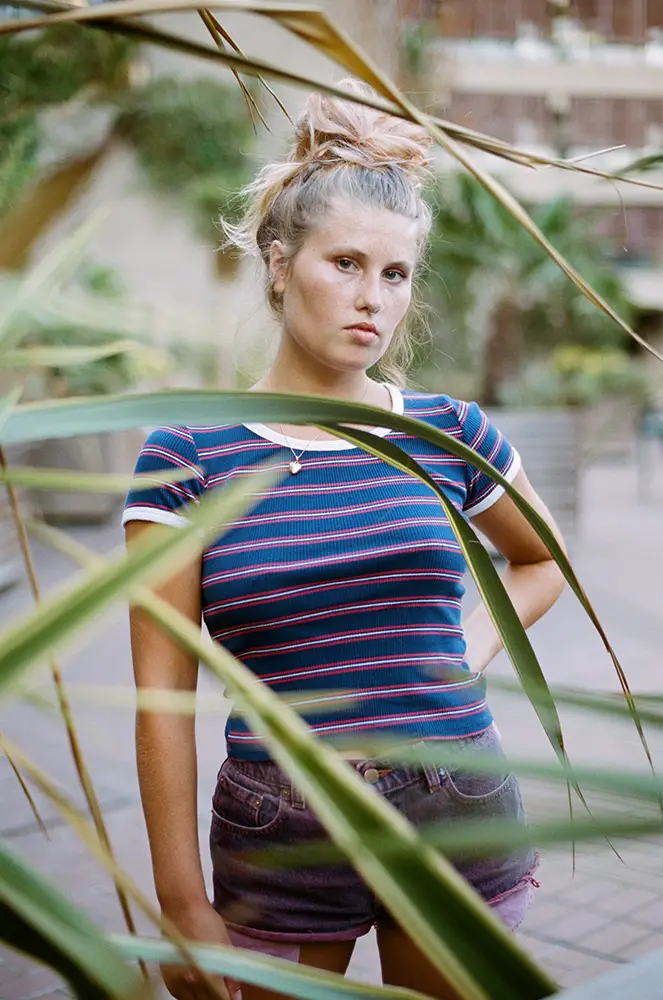


The tolerances on every dial and lever feel tighter than I experienced with my previous Leicas – this gives the impression of a slightly more refined product. The process of advancing film is one of pure mechanical joy and feels subjectively smoother than any camera I have used – though how I quantify this without an elaborate resistance rig, I’m unsure…? So much so, that the day after procuring the camera I spent an entire afternoon on my sofa just shooting imaginary film. In my defence it was raining horizontally outside, meaning I was not unable to go out to play.
When the sun decided to put its sparkly suit back on, it took me a few test rolls to become accustomed with the somewhat smaller reversed rotation shutter dial reversed rotation. I still miss the larger shutter dial found on the M6 TTL and M7 – put plainly it was just easier to turn. Fortunately, the direction change didn’t take long to adapt to, and in practice it soon became second nature.

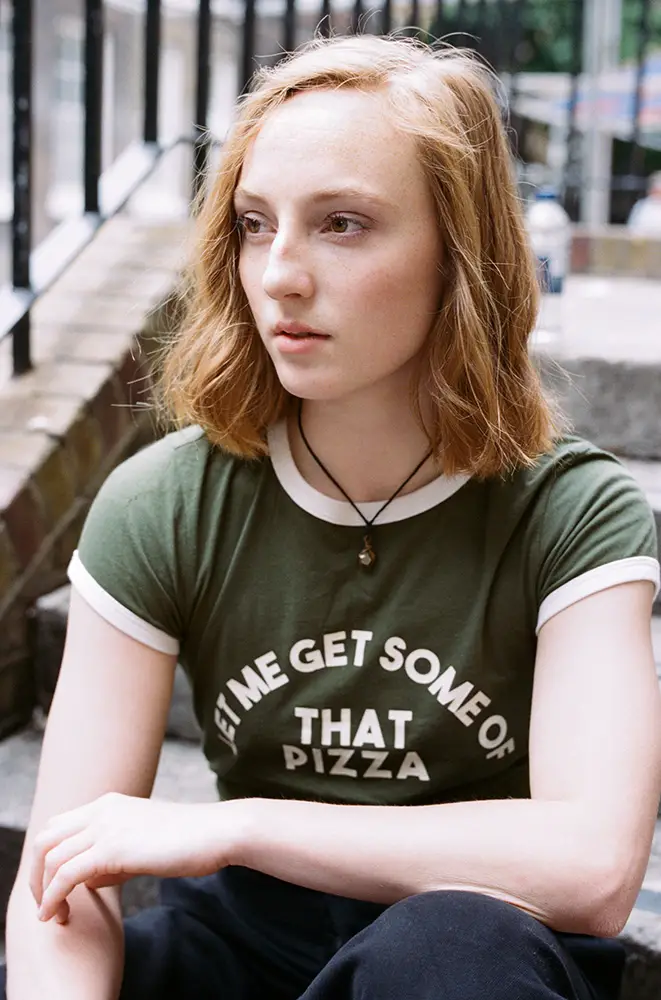
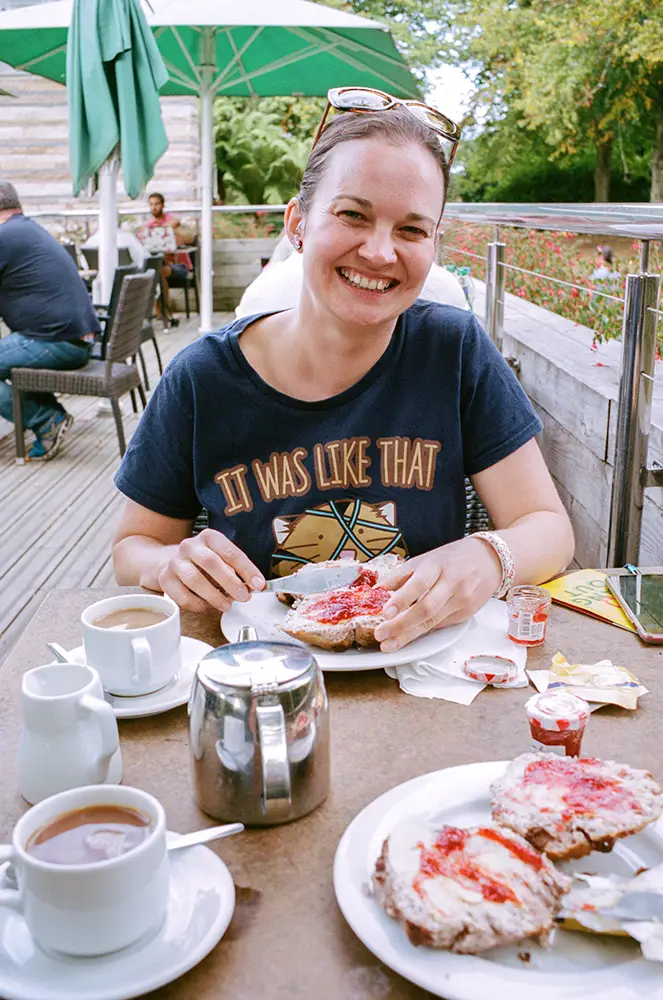

One benefit I didn’t expect with vintage style rewind knob is that when you accidentally release it in the process of winding (we’ve all done it), a combination of pixie magic and presumably friction will stop the film from spooling up within the camera, thus not having to rewind the film yet again. It is generally a little slower to rewind but it’s not impeded my work – I don’t shoot a film rangefinder for the benefit of speed anyway.
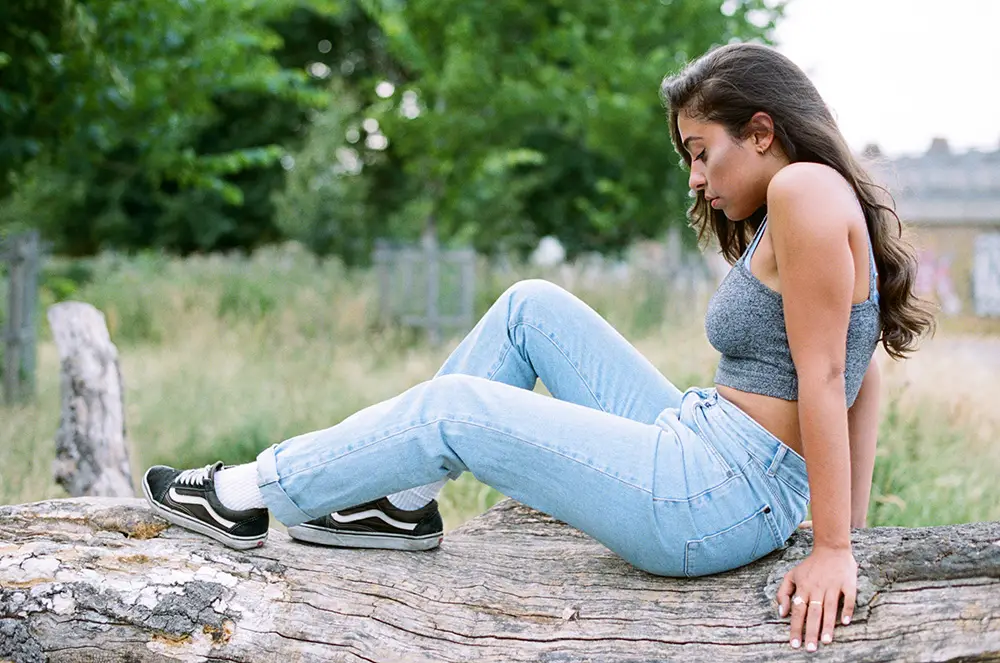

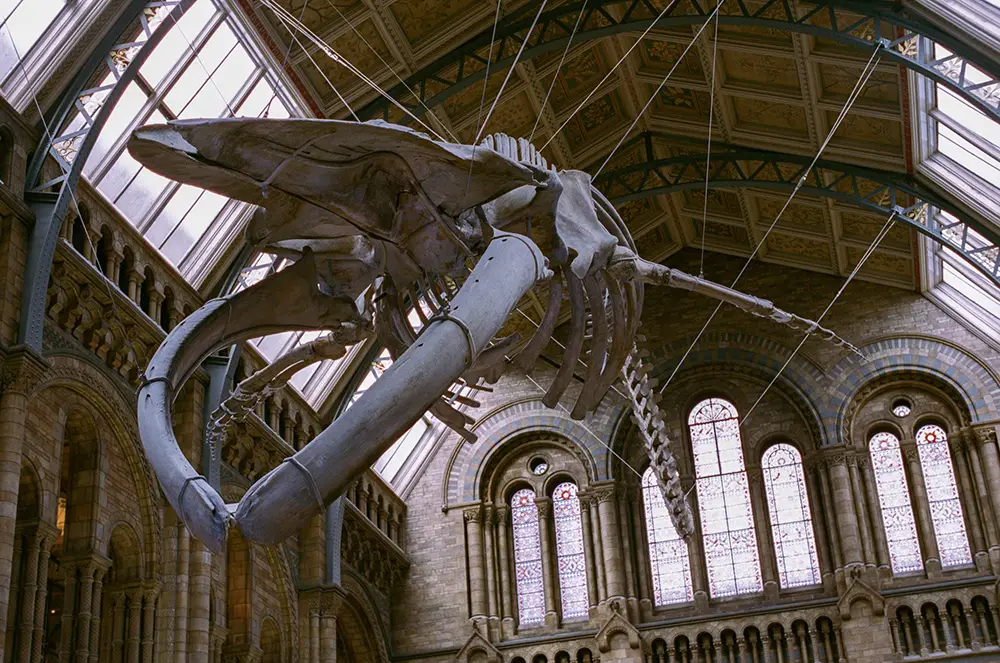
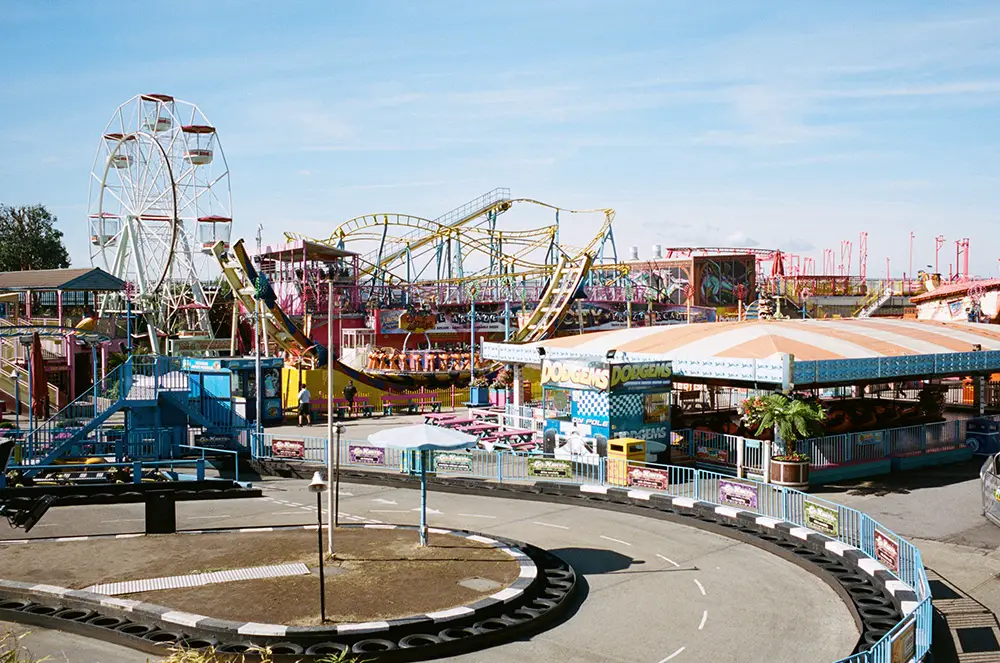
The light meter has been very reliable, and when my battery unexpectedly ran out of juice – unlike my M7 – I was still able to shoot at all speeds. I do however miss having the camera speed in the viewfinder as a little reminder – a feature of M7 in AE mode.
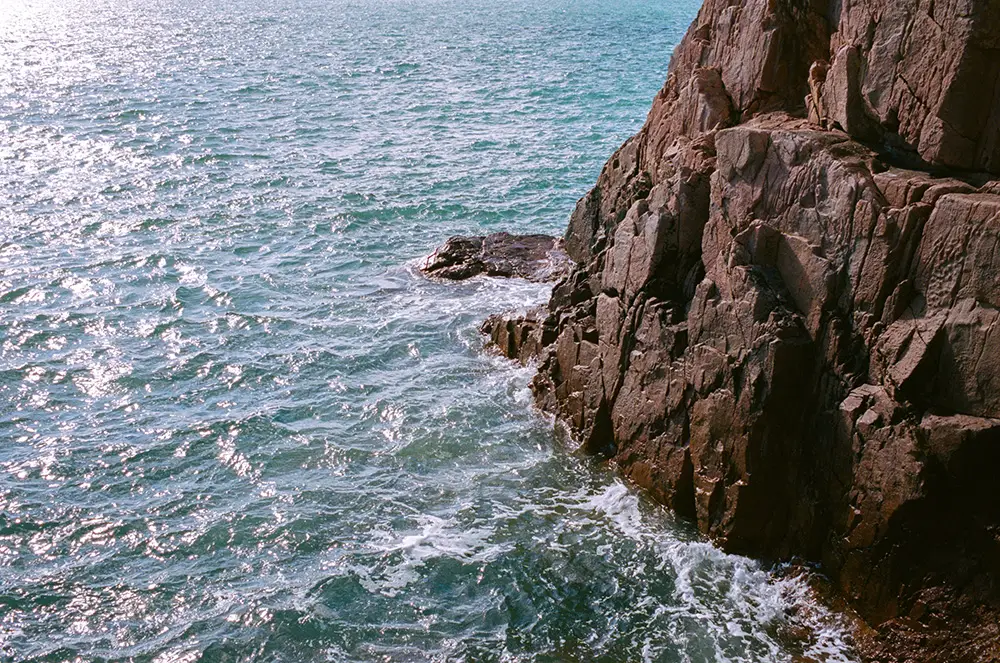
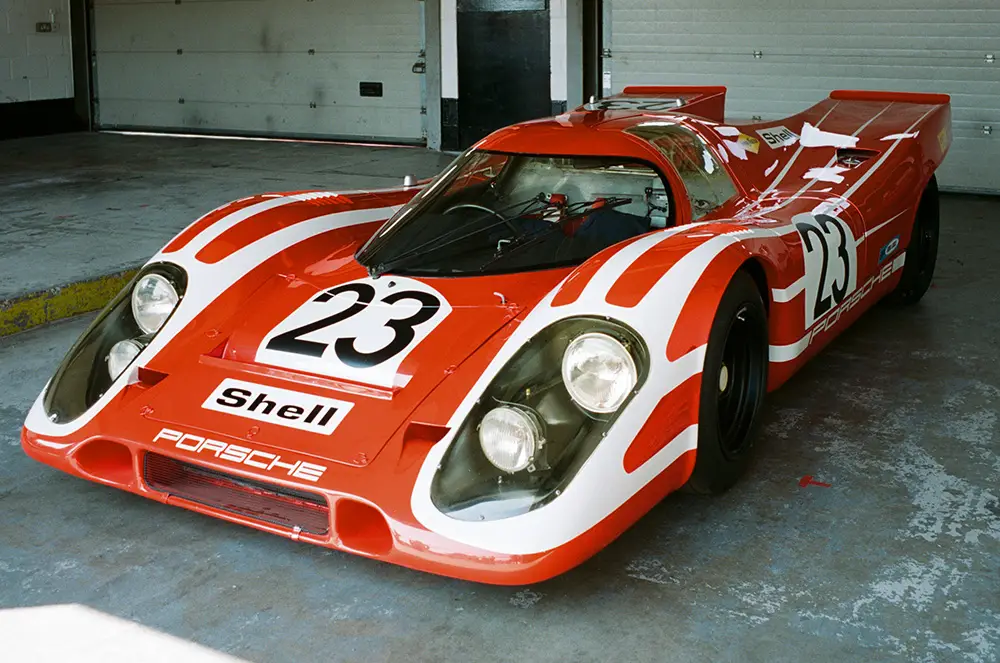
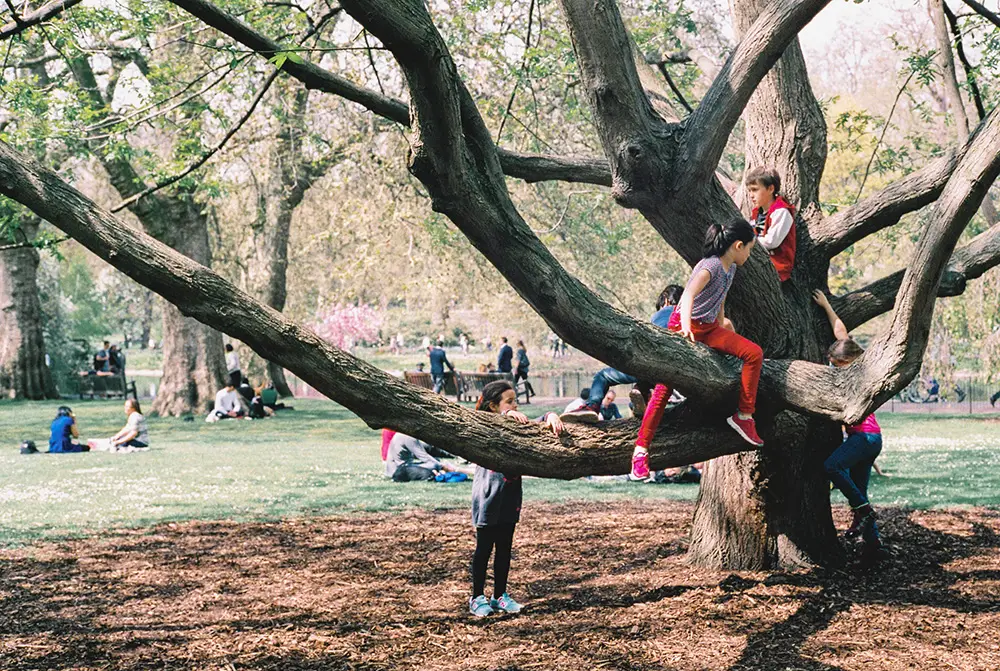
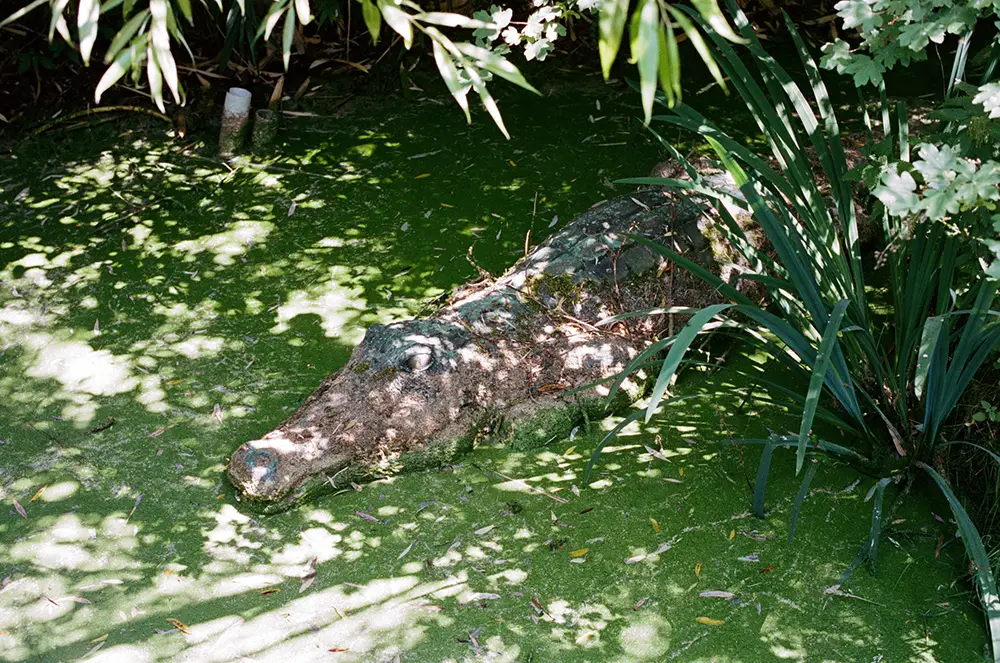
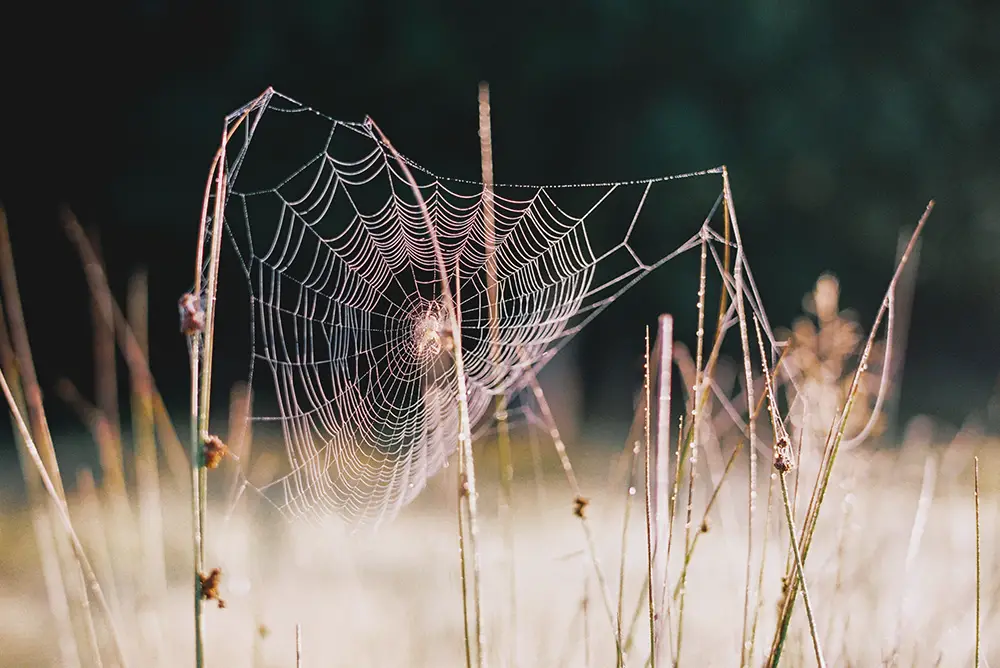
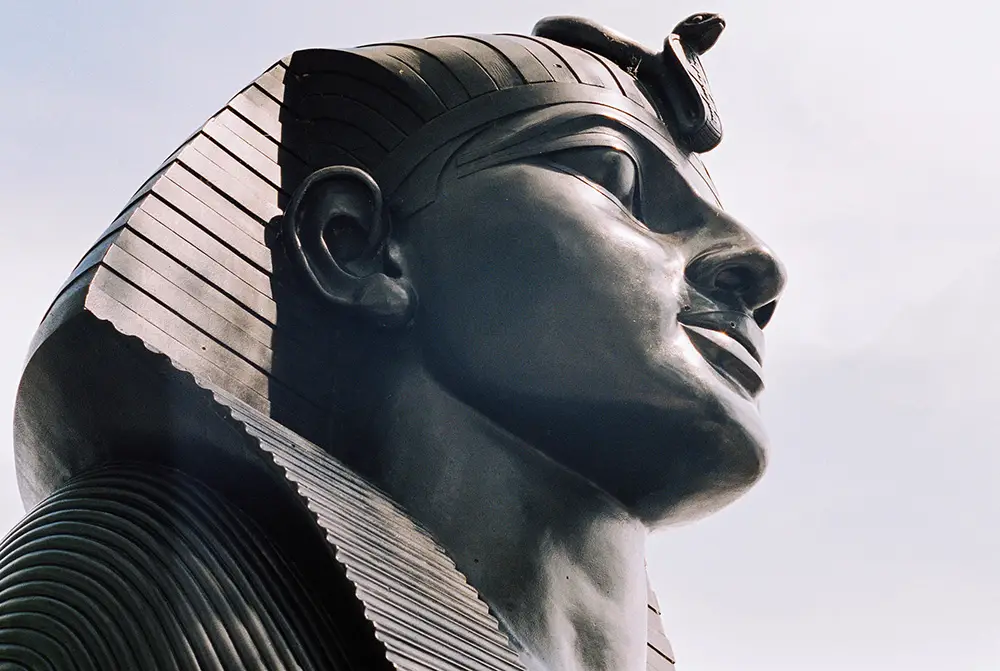
The Leica MP will not turn you into Henri Cartier-Bresson by power of virtue. Nor will it allow you to take better images than any other M-system camera. But it has, for me, made the process of taking them just slightly more enjoyable – it’s a wonderful, tactile instrument that engages the senses, which as irrational as that might sound, is probably the biggest appeal. After all, photography is a creative endeavour not defined by specification tables and charts. Despite the additional cost, the MP has made me smile more than any other camera I’ve owned to date. I now find myself in a situation I have never been in before – I now own a camera I could never consider selling or moving on from. As a child of the 80’s who grew up on consumer electronics and planned obsolescence, this is a slightly strange notion, but a most welcome one.
You can find Hamish’s recent review of the Leica MP here
You can see more of my work and musings on my website
Or see recent posts on instagram
Find more content written for 35mmc by me here
Share this post:
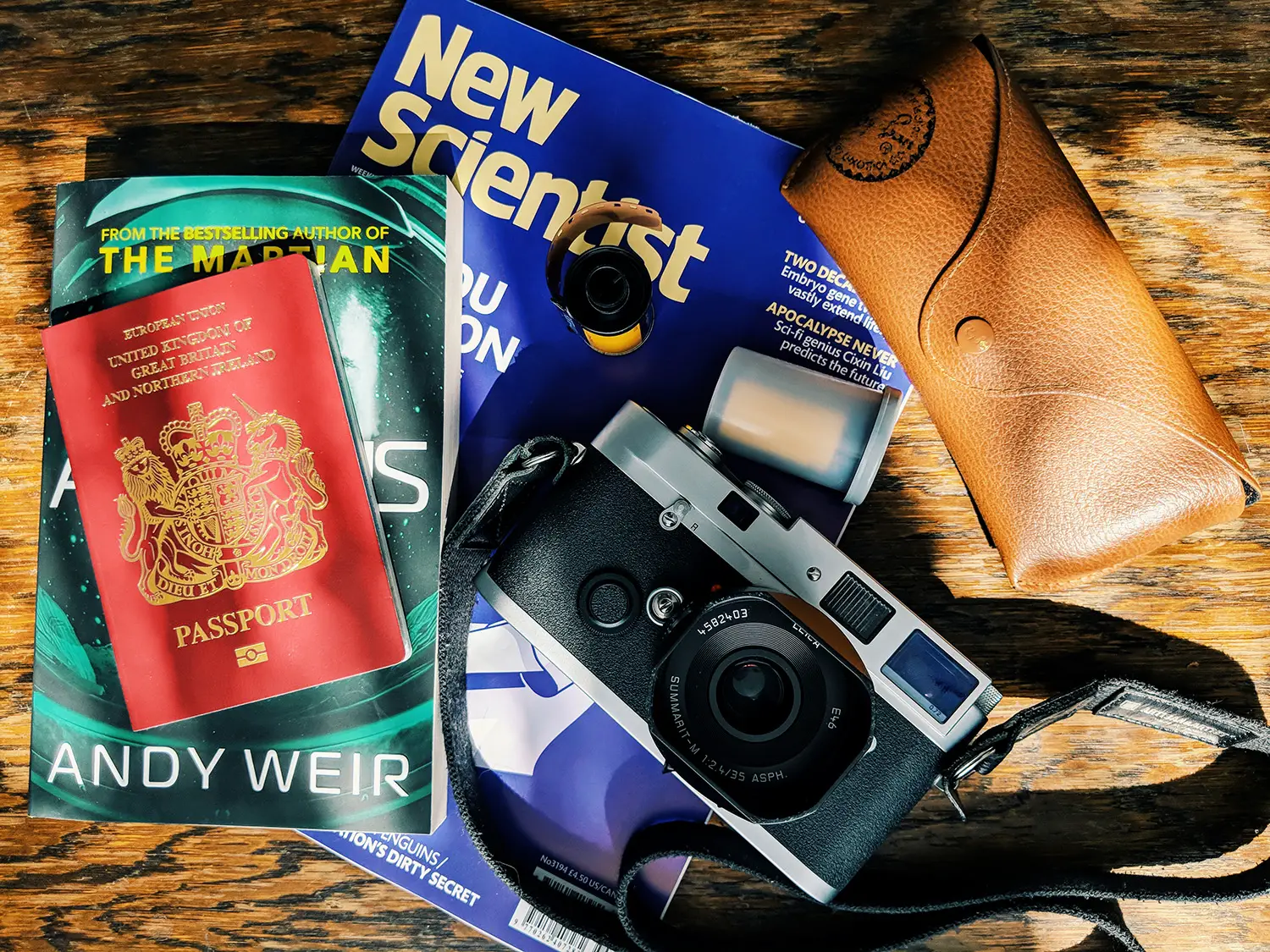








Comments
StephenJ on Leica MP (Another) Review – by Adam Laws
Comment posted: 07/10/2018
However, I would hotly dispute your contention that the Leica MP represents "mechanical perfection".
How can a device that contains a printed circuit board and a battery to power the built in light meter be equal to mechanical perfection?
In my view, you have identified the right manufacturer though, albeit with different owners.
"Mechanical perfection" was achieved in 1932 when Mr. Barnack and Mr. Berek of Leitz, produced the Leica iii, and its Elmars, along with the Hektors...
...Sublime.
It has been downhill ever since.
Comment posted: 07/10/2018
Comment posted: 07/10/2018
Comment posted: 07/10/2018
M A Krishna Kumar on Leica MP (Another) Review – by Adam Laws
Comment posted: 07/10/2018
Guy Wheater on Leica MP (Another) Review – by Adam Laws
Comment posted: 07/10/2018
Comment posted: 07/10/2018
Scott Edwards on Leica MP (Another) Review – by Adam Laws
Comment posted: 07/10/2018
Comment posted: 07/10/2018
Rifki Syahputra on Leica MP (Another) Review – by Adam Laws
Comment posted: 08/10/2018
Comment posted: 08/10/2018
Grant on Leica MP (Another) Review – by Adam Laws
Comment posted: 08/10/2018
Comment posted: 08/10/2018
Allan Weitz on Leica MP (Another) Review – by Adam Laws
Comment posted: 08/10/2018
Comment posted: 08/10/2018
Jasper on Leica MP (Another) Review – by Adam Laws
Comment posted: 08/10/2018
Comment posted: 08/10/2018
Comment posted: 08/10/2018
Daniel Castelli on Leica MP (Another) Review – by Adam Laws
Comment posted: 08/10/2018
Elliott Erwitt: "There's a profound difference between the simple non-reflex, direct viewing camera (such as a rangefinder Leica) and a single lens reflex. With a reflex, you tend to make the in the camera; with the other, you have to see the picture and then put a frame around it. The rangefinder camera is also faster, quicker to focus, less noisy, and smaller, but these advantages are much less important than the fundamental difference."
David Douglas Duncan: "...my double-winder Leica M3Ds, which I still consider the best field camera in the world, and the camera I would use again, were I to return to places like Viet-Nam - leaving the single lens reflexes at home...where two Leica M3Ds fitted with a 28mm, 50mm Nikons are impossible to beat..."
That's what it's all about and nothing more: a way of seeing the world and cameras built to withstand extreme conditions. Attach a 50 or 35mm lens, and you don't need anything else.
It took me close to 30 years to evolve into seeing my world with 'rangefinder' vision, not as a SLR. Rangefinders are not for everyone. Nor is Shushi. Good article
Daniel Castelli on Leica MP (Another) Review – by Adam Laws
Comment posted: 09/10/2018
Comment posted: 09/10/2018
Comment posted: 09/10/2018
Flavio Colker on Leica MP (Another) Review – by Adam Laws
Comment posted: 27/11/2018
You need a tele lens? Get a slr, dslr or electronic finder. Whatever gives you precise framing. A tele lens is silly on a Leica.
That´s what photojournalists did all these years: carry two Leicas and a Nikon.
There is another issue which is noise. If you are shooting fashion or portraits, that noisy mirror slap is no problem. Usually you are working w/ a tele on fashion and portraits so it´s a dslr you are using.
If you are shooting on a film set or theatre you need to quiet down so a Leica is best.
There is reason behind every camera. Btw... beautifull girls. We should fall for humans not cameras.
Stuart on Leica MP (Another) Review – by Adam Laws
Comment posted: 14/12/2018
Comment posted: 14/12/2018
francois karm on Leica MP (Another) Review – by Adam Laws
Comment posted: 27/01/2019
so had few M2 , M6j,M7, M6, MP, M4....today I enjoy the M-A.
They are all same and different one....some I need to buy two time to appreciate them...
some I regret 3 times like the M7 wich I owned in Three differents options.
M_A in black is my today best friend. perfection ? I don’t know yet but visualy it is eaven.
The MP was something between...
With age, I realized that these Leica M GAS is more dictated by my mood than reality about the camera.
any M are super nice....but there is only one to feed your soul at the correct moment.
Nick Bedford on Leica MP (Another) Review – by Adam Laws
Comment posted: 26/04/2019
I no longer use AUTO on the M7 and would prefer a fully mechanical camera with the meter of course though. Sunny 16 is perfect until you're in ambiguous light and your guess is a two stops in the wrong direction.
I also shoot medium format on a Rolleiflex 2.8D and there is something magical about the experience of a camera that doesn't need any power to make an image!
Tom on Leica MP (Another) Review – by Adam Laws
Comment posted: 26/03/2020